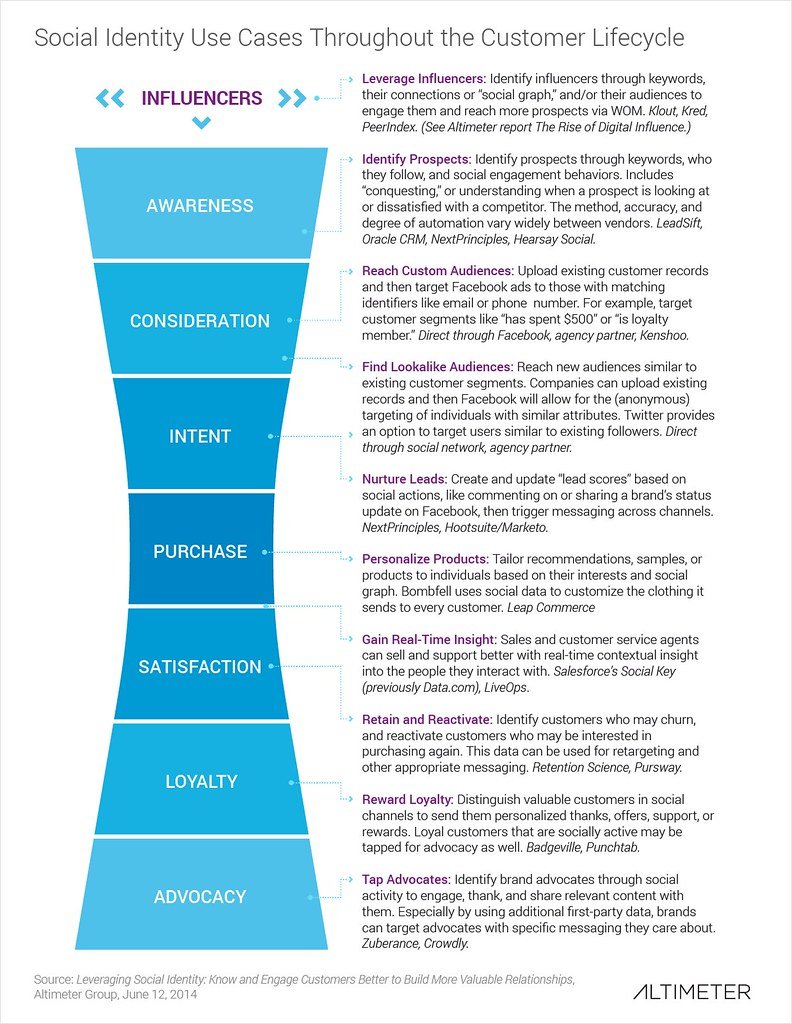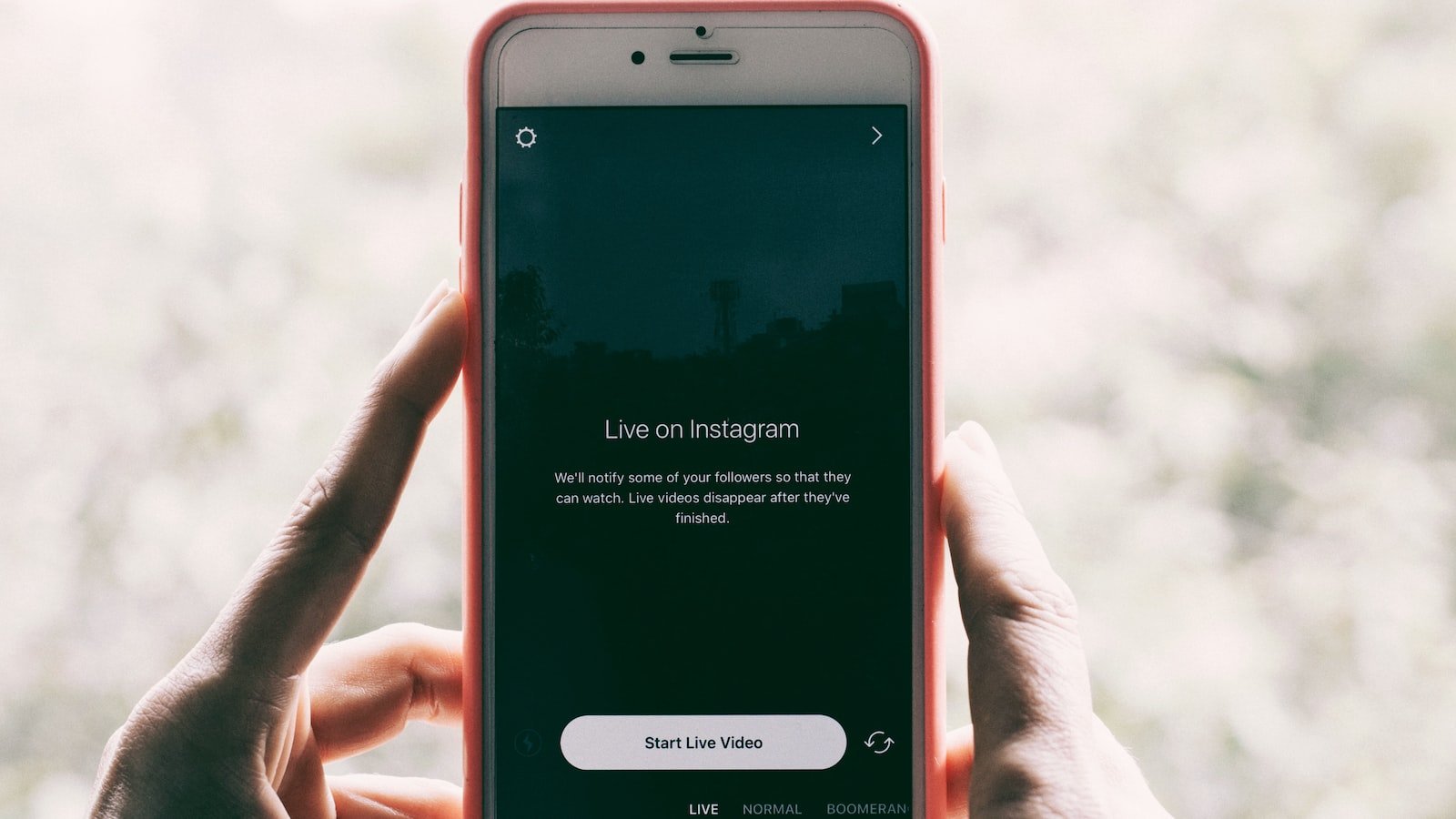In the vast digital landscape, where search engine results can make or break a business, understanding the power of user intent is the key to unlocking unparalleled SEO success. Gone are the days of keyword stuffing and mindless content creation. Today, discerning users demand relevant, personalized experiences that cater to their needs and desires. From the depths of their searches springs a hidden treasure trove of information waiting to be tapped into by savvy marketers and website owners. Join us on a journey as we delve into the mystical world of user intent, unravel its secrets, and discover how to harness its power to optimize your online presence like never before. Prepare to embark on an adventure where mere keywords pale in comparison to the might of user intent. Are you ready to unlock the gates to SEO supremacy? Let’s begin!
Table of Contents
- Understanding User Intent in SEO: The Key to Unlocking Success
- Unveiling the Impact of User Intent: A Gamechanger in SEO Strategy
- Harnessing User Intent for Higher Rankings: Proven Strategies and Tips
- Getting Ahead in SEO with User Intent: Best Practices and Recommendations
- Q&A
- In Retrospect

Understanding User Intent in SEO: The Key to Unlocking Success
In today’s digital landscape, understanding the power of user intent is essential for unlocking success in SEO. Gone are the days when simply stuffing keywords into your content could guarantee higher rankings. Now, search engines like Google are focused on providing the best possible user experience by delivering highly relevant and valuable content. So, how can you leverage user intent to boost your SEO strategy?
1. Know your audience
The first step in understanding user intent is getting to know your target audience. Take some time to research and identify the demographic, interests, and needs of your ideal customers. This information will help you create content that aligns with their intentions and provides real value. Remember, user intent can be categorized into four key types: informational, navigational, commercial, and transactional. By understanding which type(s) your audience falls into, you can tailor your content accordingly, ensuring you’re meeting their specific needs.
2. Conduct keyword research
Once you have a clear understanding of your target audience, it’s time to conduct keyword research. Start by brainstorming a list of potential keywords related to your business or industry. Then, use tools like Google Keyword Planner or SEMrush to refine your list and discover other relevant keywords. Look for keywords that align with user intent and have a good search volume. For example, if your audience is looking for informational content, target keywords like “how to,” “tips for,” or “guide to.” On the other hand, if they are more interested in buying a product, focus on keywords like “best,” “top rated,” or “review.”

Unveiling the Impact of User Intent: A Gamechanger in SEO Strategy
When it comes to SEO strategy, understanding the impact of user intent can be nothing short of a gamechanger. Gone are the days of keyword stuffing and chasing high rankings without considering what the user actually wants. Unlocking the true power of user intent can help businesses achieve SEO success like never before.
So, what exactly is user intent and why is it so important? User intent refers to the specific goal or objective a user has when conducting a search query. By deciphering user intent, businesses can tailor their SEO strategies to directly meet the needs and desires of their target audience. Here are some key reasons why understanding and incorporating user intent into your SEO approach is essential:
- Targeted Content: By understanding user intent, you can create highly targeted and relevant content that directly addresses the user’s needs. This increases the chances of your website appearing in search engine results pages and ensures you are providing value to your audience.
- Improved Click-through Rates: When your content aligns with what users are searching for, they are more likely to click on your website from the search results. By catering to user intent, you can increase your click-through rates and attract more organic traffic.
- Reduced Bounce Rates: Meeting user intent means delivering content that satisfies their search query. This leads to users staying on your website for longer periods, reducing bounce rates, and improving overall engagement metrics.
- Enhanced User Experience: By focusing on user intent, you are prioritizing the needs of your audience, resulting in a better user experience. When users find what they are looking for quickly and easily, they are more likely to engage with your content and take desired actions.
The power of user intent in SEO cannot be emphasized enough. By understanding and incorporating user intent into your strategy, you can make significant strides towards optimizing your website for success in search engine rankings. So, don’t underestimate the impact of user intent and embrace its game-changing potential!

Harnessing User Intent for Higher Rankings: Proven Strategies and Tips
When it comes to SEO success, one of the most powerful techniques to master is harnessing user intent. Understanding what users are searching for and tailoring your content accordingly can skyrocket your rankings and boost organic traffic. In this post, we will explore proven strategies and actionable tips to help you unlock the power of user intent and achieve higher rankings in search engine results.
1. **Keyword Research**: Start by identifying the keywords that align with your business or website. Use keyword research tools to discover the search terms people are using when looking for products or information related to your industry. This will give you valuable insights into user intent.
2. **Analyzing SERPs**: Study the search engine results pages (SERPs) for your target keywords. Examine the top-ranking websites and the content they provide. Look for common themes, formats, and types of information that are consistently displayed. This will give you an understanding of what users expect to see when they search for specific queries.
3. **Creating Engaging Content**: Armed with keyword insights and SERP analysis, it’s time to create content that meets user intent. Craft valuable and informative articles, blog posts, or product descriptions that directly address the user’s needs and expectations. Aim to provide a comprehensive solution that outshines your competitors.
4. **Optimizing Metadata**: Titles, meta descriptions, and URL slugs play a crucial role in attracting clicks from users. Make sure to optimize these elements by incorporating relevant keywords and appealing to user intent. Maximize the opportunity to entice users to click on your website by providing a concise yet enticing preview of the content.
5. **Improving Page Experience**: User intent goes beyond the content itself. Optimizing page speed, mobile responsiveness, and overall user experience are essential for achieving higher rankings. Ensure your website loads quickly and is easily navigable to provide a seamless and enjoyable experience for your visitors.

Getting Ahead in SEO with User Intent: Best Practices and Recommendations
Understanding user intent is crucial for creating a successful SEO strategy. Gone are the days when all you needed to do was stuff your website with keywords to rank high in search engine results. Today, search engines are smart. They determine the relevance of a website based on how well it satisfies user intent. So, what exactly is user intent? It refers to the underlying purpose or goal behind a user’s search query. By aligning your content with user intent, you can not only improve your search rankings but also attract valuable organic traffic. Here are some best practices and recommendations to get ahead in SEO by targeting user intent:
- Identify common user intents: Start by identifying the different user intents behind relevant keywords in your industry. For example, some users might be looking for information, while others might be ready to make a purchase. Understanding these intents will help you create content that meets user expectations.
- Create user-focused content: Once you know the intents, tailor your content to address them. Craft engaging blog posts, product guides, or landing pages that provide value to users. Focus on relevancy, readability, and usefulness to ensure your content aligns with what users are searching for.
- Optimize for long-tail keywords: Long-tail keywords are specific and often reflect user intent. By optimizing your content for these keywords, you can attract highly targeted traffic. For example, instead of targeting a broad term like “running shoes,” consider targeting a long-tail keyword like “best lightweight running shoes for marathon training.”
- Improve site speed and mobile experience: User experience plays a significant role in satisfying user intent. A slow-loading website or a poor mobile experience will deter users from engaging with your content. Optimize your website by compressing images, enabling browser caching, and ensuring responsive design to enhance user experience.
By incorporating these best practices into your SEO strategy, you can harness the power of user intent to unlock success. Remember, search engines aim to deliver the most relevant results to users, so understanding and catering to user intent will not only boost your rankings but also enhance the overall user experience.
Q&A
Q: What exactly is user intent, and why is it important for SEO success?
A: User intent refers to the underlying purpose or motivation behind an online search. Understanding user intent is crucial for SEO success as it helps businesses align their content to meet the specific needs and desires of their target audience.
Q: How does user intent impact search engine rankings?
A: Search engines have become incredibly sophisticated in deciphering user intent. By analyzing various signals like search queries, browsing patterns, and contextual cues, they aim to deliver the most relevant results to users. Therefore, if your content accurately matches user intent, search engines are more likely to rank it higher in search results.
Q: Can you provide some examples of different types of user intent?
A: Certainly! There are generally four types of user intent:
1. Informational Intent: Users seek information to answer specific questions or learn something new.
2. Navigational Intent: Users intend to find a particular website or web page.
3. Transactional Intent: Users have an intention to complete a purchase online.
4. Commercial Investigation Intent: Users are in a research phase, comparing products or services before making a purchase decision.
Q: How can businesses optimize their SEO strategy to capitalize on user intent?
A: To effectively optimize their SEO strategy, businesses should:
– Conduct thorough keyword research to identify the specific keywords users are searching for related to their products or services.
– Create high-quality, informative content that directly addresses user intent.
– Optimize their website structure and navigation to align with user intent.
– Monitor and analyze user behavior metrics to make data-driven improvements to their SEO strategy.
Q: Why is it important to prioritize user intent over keyword optimization?
A: Prioritizing user intent over keyword optimization ensures that businesses are focusing on providing value to users rather than simply chasing search engine rankings. By aligning content with user intent, businesses can attract more qualified traffic, increase engagement, and enhance their overall SEO success in the long run.
Q: Can user intent change over time, and how should businesses adapt to it?
A: Yes, user intent can evolve as consumer behaviors, needs, and trends change. Businesses should regularly monitor and stay up-to-date with shifts in user intent through market research and data analysis. By adapting their content strategy and keeping pace with evolving user intent, businesses can maintain their SEO success and stay ahead of their competitors.
Q: Are there any challenges businesses may face when trying to optimize for user intent?
A: Indeed, businesses may face challenges when optimizing for user intent. These can include:
– Accurately interpreting and understanding the different nuances of user intent within their target audience.
– Balancing user intent optimization with other SEO practices.
– Keeping up with rapidly changing search engine algorithms and search trends that affect user intent.
Q: How can businesses measure the success of their user intent optimization efforts?
A: Businesses can measure the success of their user intent optimization efforts through various metrics, such as increased organic traffic, improved search engine rankings for target keywords, decreased bounce rates, and higher engagement metrics (e.g., longer time on page, more social shares). Additionally, businesses can gather user feedback through surveys or user testing to gauge if their content effectively addresses user intent.
In Retrospect
As we conclude this journey through the realms of SEO, we unveil the hidden gem that unlocks the gates to success: the power of user intent. In this ever-evolving digital landscape, where algorithms reign supreme, understanding the minds behind the screens has become the ultimate game-changer. Rigid strategies and keyword densities are no longer the sole driving forces; the key lies in unraveling the enigma of user intent.
In a world brimming with endless possibilities, a user’s intent acts as a compass, guiding them through the vast domain of the internet. It breathes life into the search queries, elucidating the desires, questions, and intentions nestled within each keystroke. The clandestine whispers of true user intent echo in the algorithms, shaping the very fabric of SEO success.
With each passing day, search engines evolve, striving to hone their ability to decipher user intent accurately. Gone are the days of simple keyword matching; context and relevance have taken center stage. The search engine giants have learned to adapt, ever watchful of the mercurial intents of users, ensuring the answers they present align flawlessly with the desires of their seekers.
In this realm of intent, SEO practitioners and content creators become sorcerers of sorts. They immerse themselves in the depths of data, toiling and untangling the strings that form the intricate web of user intent. They meticulously craft content that speaks directly to the hearts and minds of their audience, capturing their imagination effortlessly.
Of course, to unlock such mystical powers, one must embark on a journey of analysis and empathy. Understanding user intent necessitates embracing a fresh perspective, stepping into the shoes of the user, and venturing into their curious minds. What questions do they seek answers to? What fears or desires drive their digital explorations? Prying open these doors brings forth immense opportunities to provide content that surpasses expectations.
So let us cast aside the shackles of old, and embrace this new era where user intent reigns supreme. Let us craft our content with empathy, curiosity, and an unwavering dedication to understanding the minds behind our screens. The power of user intent, once unlocked, paves the way for SEO success like never before, propelling us into a future where connection and relevance flourish, and where the magic of the search engine dance intertwines seamlessly with the desires of us all.

